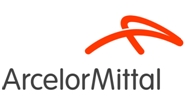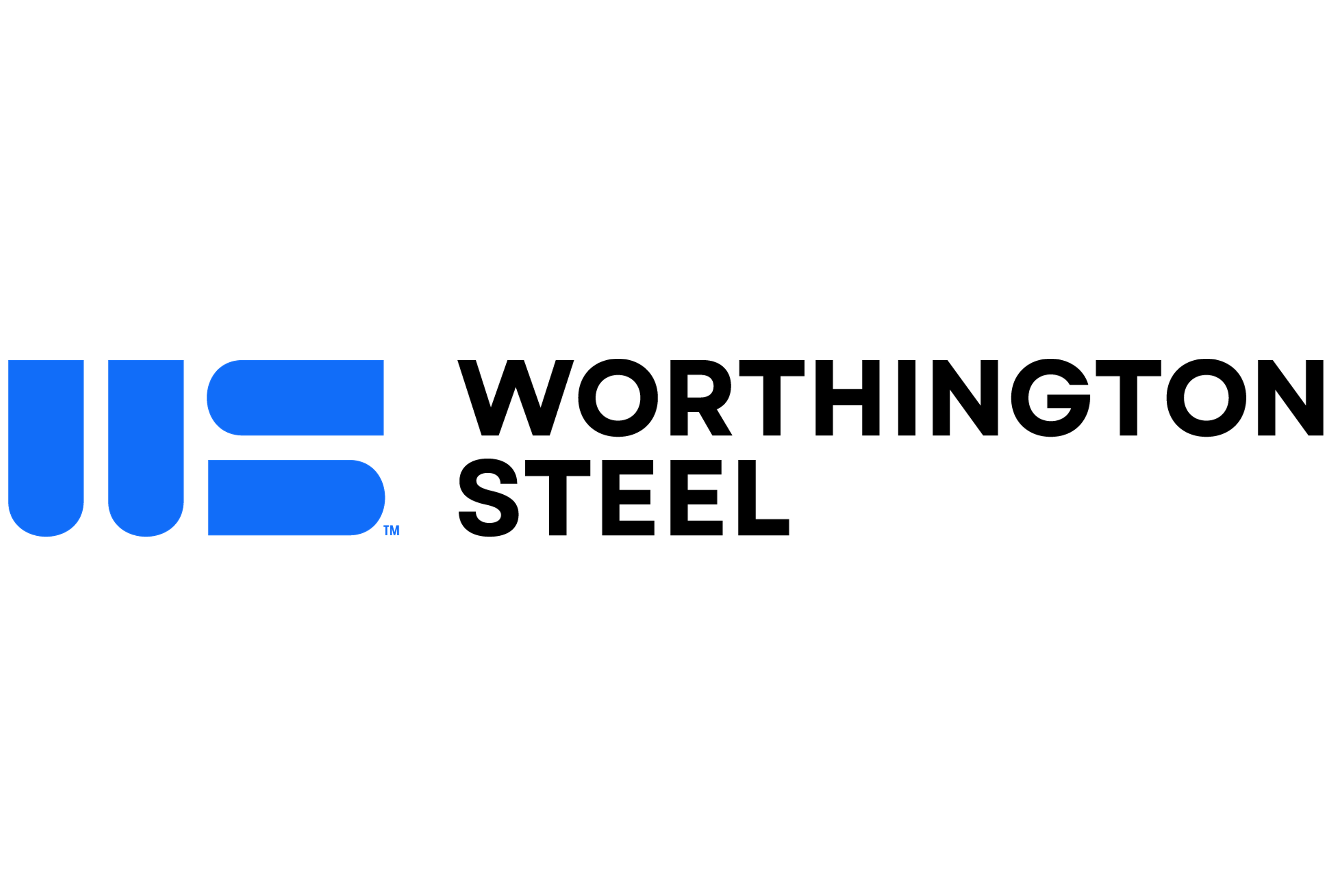Market Segment

May 13, 2018
ArcelorMittal NAFTA Posts Improved Sales, Shipments in Q1
Written by Sandy Williams
ArcelorMittal NAFTA posted sales of $4.8 billion for the first quarter of 2018, up 10.6 percent sequentially. Steel shipments increased 4.8 percent from the fourth quarter to 5.9 million metric tons driven by higher volume of flat products due to improved market fundamentals. Average selling price increased 3.5 percent for flat products and 9.1 percent for long products.
The company is investing significant funds in its NAFTA operations. At Indiana Harbor, the restoration of the 80-inch hot strip mill and IH finishing line is expected to be completed in 2018.
The installation of two walking beam furnaces, including recuperators and stacks, building extension and foundations for new units is scheduled for completion in 2021. The upgrades will improve hot rolling quality and productivity while reducing energy consumption, the company said.
Three coilers at ArcelorMittal Dofasco will be replaced with two advanced coilers and new runout tables. The strip cooling system will be upgraded and include innovative power cooling technology to improve product capability and production of higher value products. The project is expected to be completed in 2020.
ArcelorMittal focuses on apparent rather than real demand as a predictor for shipments. “The ArcelorMittal shipment weighted global PMI remains at a healthy level of 54.6 in April 2018. It continues to indicate growth in demand for our steel,” said the company.
The apparent steel consumption in the U.S. is expected to grow by 1.5 percent to 2.5 percent in 2018, driven by ongoing demand in machinery and construction and a robust energy market.
Total net income for ArcelorMittal was $1.2 billion in Q1, up from $1.0 billion in both fourth-quarter 2017 and first-quarter 2018. Steel shipments increased 1.7 percent from Q4 to 21.3 million metric tons.
“The improvement in global steel market dynamics has continued into 2018, supporting an encouraging financial performance in the first quarter,” commented Chairman and CEO Lakshmi Mittal. “EBITDA increased 13 percent year-on-year to $2.5 billion, while net income improved by 19 percent to $1.2 billion. The outlook for 2018 has strengthened as the year has progressed, with the combination of growing demand and supply-side reform driving higher capacity utilization rates and healthy steel spreads globally.”
ArcelorMittal expects to complete the acquisition of Italian steel mill Ilva by the end of June 2018. As part of the deal, ArcelorMittal agreed to divest a number of assets to alleviate competition concerns by the European Commission. Ilva is expected to be cash accretive to EBITDA in year one and to cash flow in year three.
The company is currently in the bidding process for acquisition of Essar Steel. If successful, ArcelorMittal plans to grow Essar’s steelmaking capabilities and expand and improve its product range. Initial steps, said ArcelorMittal, will be to stabilize the operation and increase production from the current 5.6 million metric tons per year to 8.5 million tons in the medium term and ultimately to produce between 15-20 million tons annually. Currently, Ilva’s production capacity is rated at over 9 million metric tons per year. The acquisition will give ArcelorMittal access to the high-growth potential of India’s steel market.
During the earnings call, ArcelorMittal executives were asked if the company may move from blast furnaces to EAFs. “I think it’s an interesting fundamental question,” said Daniel Fairclough, Vice President, Corporate Finance. “But if you look at our global operations, we clearly have a bias towards the blast furnace route. For us, when it comes to producing high-quality steels for the most demanding applications, the best route for that is through the integrated route. So I think at this stage, we don’t have any plans to change that strategy.”
Regarding the steel overcapacity situation in China, Fairclough said the increase in Chinese steel production this year is not as significant as headlines suggest. “We don’t think there is net capacity being added in 2018. There is certainly no restart of the induction hot capacity. Some of the operators of that capacity have been able to use their EAF licenses to switch induction capacity back into EAF. But that change is still less than the 20 million to 25 million tons that is due to be taken out in terms of capacity closures in order to hit the government objectives in 2018. So, as a result, we do see overall capacity continuing to come down, obviously more moderately than we saw in the past couple of years. But it’s still progressing in the right direction. As a result, capacity utilization continues to go up. It is now at high levels. You can argue, though, that there is still too much capacity in China, because they’re still exporting a fairly substantial amount of steel.”
Regarding import trends and Section 232, Fairclough had the following comments: “It’s important that governments globally take the appropriate steps to protect domestic industry from unfair trade. The U.S. is doing that through Section 232, which we clearly feel is a positive for our business in that region. There were some concerns on the potential implications for the other areas of our portfolio, but I think the advancing negotiations with some of our key countries, particularly Brazil and Europe, are pointing towards the necessary sort of steps to make sure that for ArcelorMittal as a whole this Section 232 is a positive.
“But that probably does require Europe to take action against the ongoing increases in imports that we’re seeing and a particular surge in imports last month. It’s very appropriate that Europe has launched its own investigations to safeguard the European industry, and we look forward to seeing some progress there and some news flow towards the end of the second quarter,” he said.
Fairclough said he expects the current slab supply arrangements from Brazil to Calvert should be protected from tariffs, although there is no confirmation of that as yet. ArcelorMittal will have flexibility should the situation change, he added.







